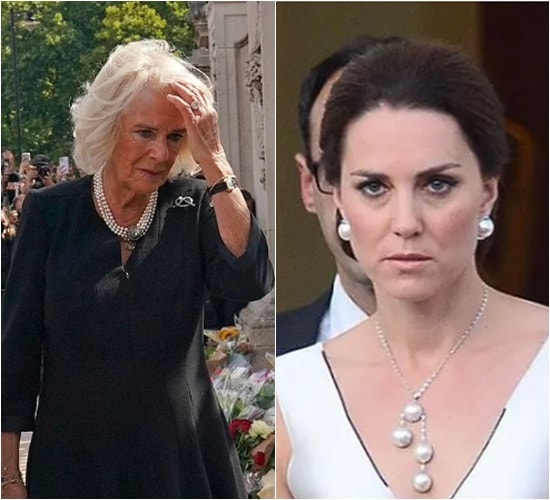As King Charles III navigates serious health challenges in 2024 and 2025, the dynamics within the British royal family continue to evolve, especially concerning the increasing public and ceremonial responsibilities undertaken by Catherine, Princess of Wales.
Catherine, who became the Princess of Wales following the death of Queen Elizabeth II and the accession of King Charles III, has taken on a significantly more visible role in recent years. Her contributions to public service, commitment to mental health advocacy, and role as a mother of three have endeared her to both the British public and royal watchers worldwide. As the monarchy adapts to the changing health and age of senior members, Catherine’s steady presence is widely seen as pivotal in ensuring continuity and public trust.
King Charles III’s Health and Impact on the Monarchy
In early 2024, Buckingham Palace confirmed that King Charles III had been diagnosed with cancer. The announcement came as a surprise to many but was accompanied by reassurances that the King would continue with state business while stepping back from some public-facing duties during treatment. Official statements emphasized that the King remained “wholly positive” and in regular contact with government officials, including Prime Minister Rishi Sunak.
As the monarch’s public appearances became limited, senior royals began filling in to ensure the continuation of ceremonial obligations. Among them, Catherine, Princess of Wales, emerged as one of the most visible and reliable figures.

Catherine’s Growing Influence
Princess Catherine has long been a popular member of the royal family, admired for her grace, charitable work, and ability to maintain a strong public image. Since marrying Prince William in 2011, she has taken on dozens of royal patronages, focusing on mental health, early childhood development, the arts, and sports.
In particular, her Shaping Us campaign—launched through the Royal Foundation Centre for Early Childhood—has received wide praise from educators and child development specialists. The campaign focuses on how early years (ages 0–5) are crucial to lifelong health and well-being, backed by scientific research and supported by professionals in psychology and education.
During King Charles III’s illness, Catherine has reportedly taken on a broader scope of royal duties, including hosting events, engaging with the public, and supporting her husband, Prince William, who is first in line to the throne. This expansion of her public role is consistent with royal tradition, where senior royals step in to support the monarch during periods of absence or illness.
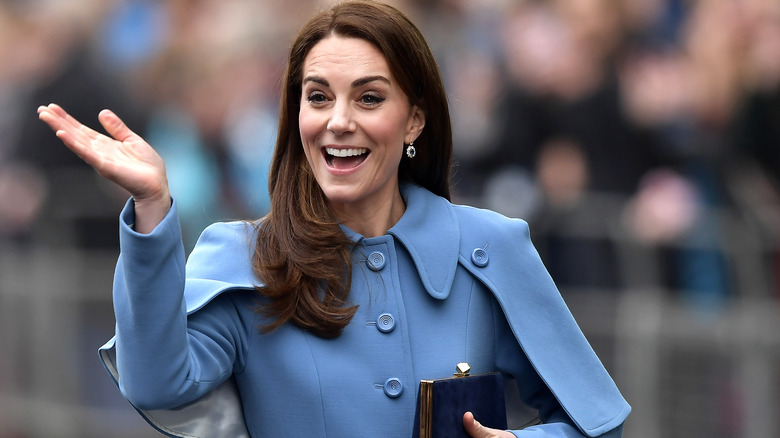
Relationship Between Queen Camilla and Princess Catherine
Queen Camilla and Princess Catherine both serve in significant public-facing roles, and their responsibilities sometimes overlap. However, there is no credible evidence of a feud or any attempts by either to undermine the other’s position. Reputable royal correspondents and historians note that both women represent different generational facets of the monarchy and often appear together at official events, presenting a unified image of royal duty.
Queen Camilla, who became queen consort upon Charles III’s accession, has maintained a steady calendar of public engagements and continues her advocacy for domestic violence awareness, literacy, and osteoporosis prevention. Despite early public scrutiny during her relationship with Charles in the 1990s and early 2000s, Camilla has gradually gained wider acceptance, especially since her marriage to Charles in 2005.
Meanwhile, Princess Catherine represents the future of the monarchy as the likely future queen consort. Her increasing visibility reflects a long-term transition strategy, not a sudden or dramatic shift in internal palace dynamics.
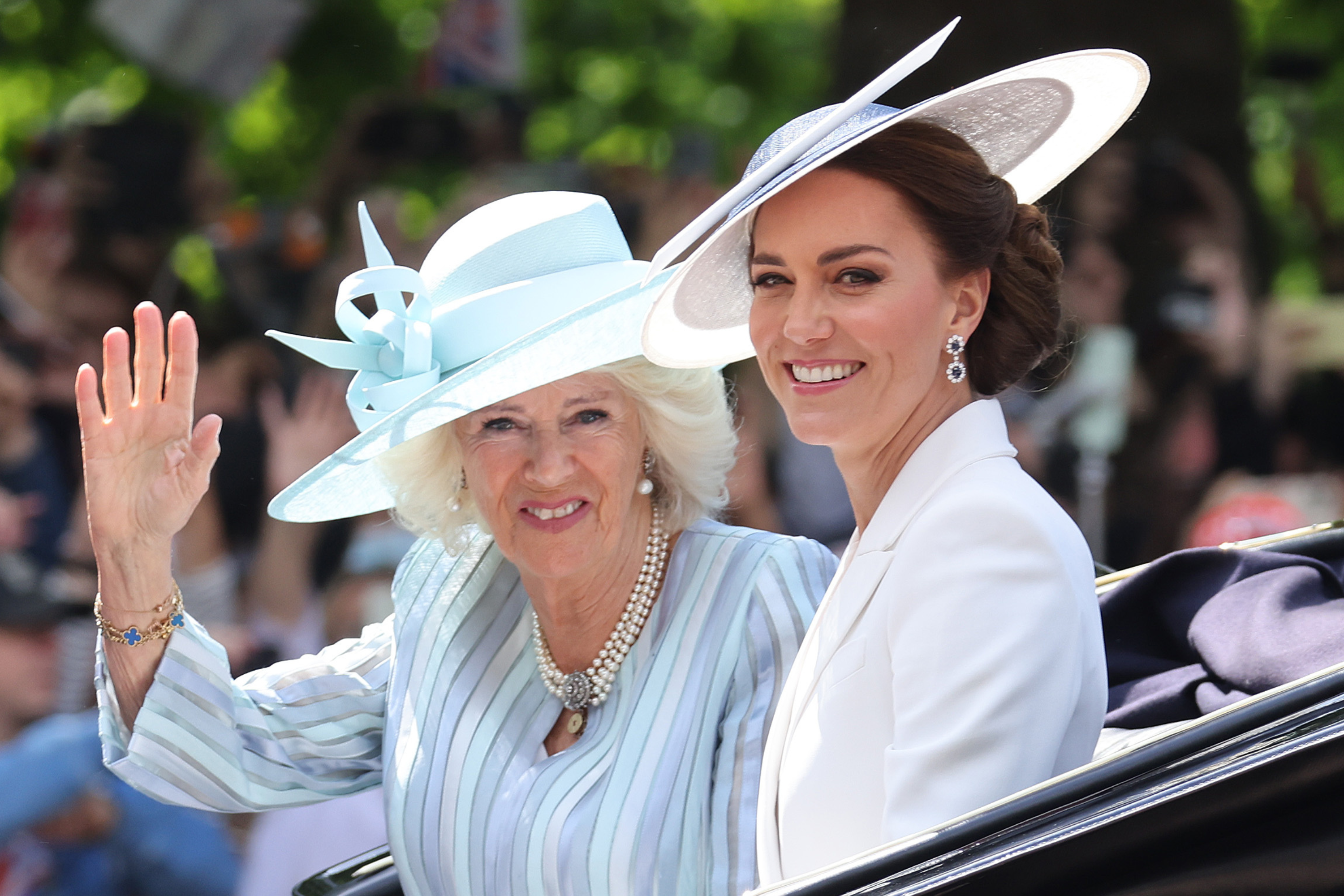
Media Speculation and the Importance of Accurate Reporting
While social media and some tabloid publications have at times speculated about private tensions between royal family members, such claims often lack verification from reliable sources. Both the BBC and The Times of London emphasize the need to differentiate between speculative content and documented fact when reporting on royal affairs.
Neither Buckingham Palace nor Kensington Palace has confirmed any reports of conflict between Queen Camilla and Princess Catherine. In fact, official appearances and photographs show both women supporting the King’s reign through shared public duties and events.
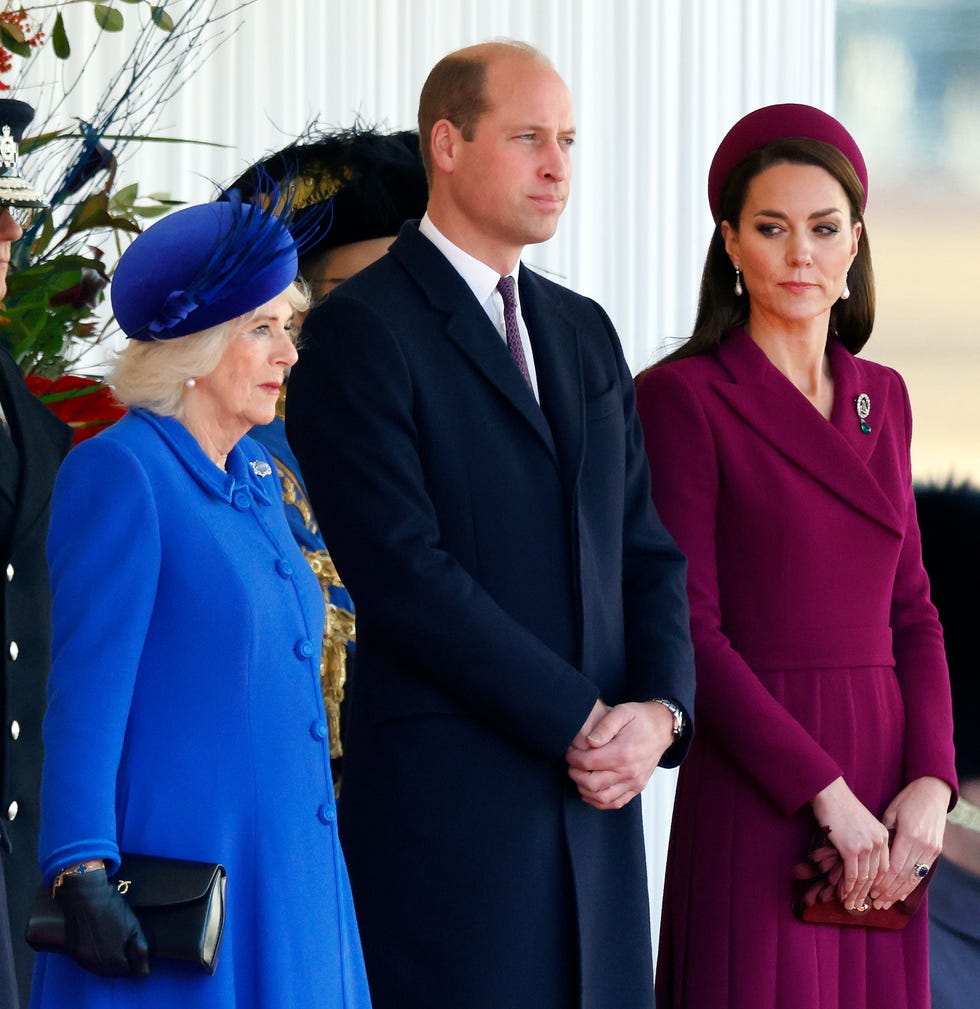
Public Perception and Institutional Trust
A YouGov poll conducted in mid-2024 showed that Princess Catherine remains one of the most trusted and admired members of the British royal family. Her consistent public demeanor, dedication to charitable causes, and role as a mother have resonated with people in the United Kingdom and around the world.
Queen Camilla also enjoys steady public support, especially among older generations. According to Ipsos polling data, her approval ratings improved significantly after Queen Elizabeth II expressed her wish in 2022 for Camilla to be known as Queen Consort once Charles ascended to the throne.
Both women, in their respective roles, contribute to the monarchy’s continuity and public connection, especially at a time when stability and reassurance are crucial.
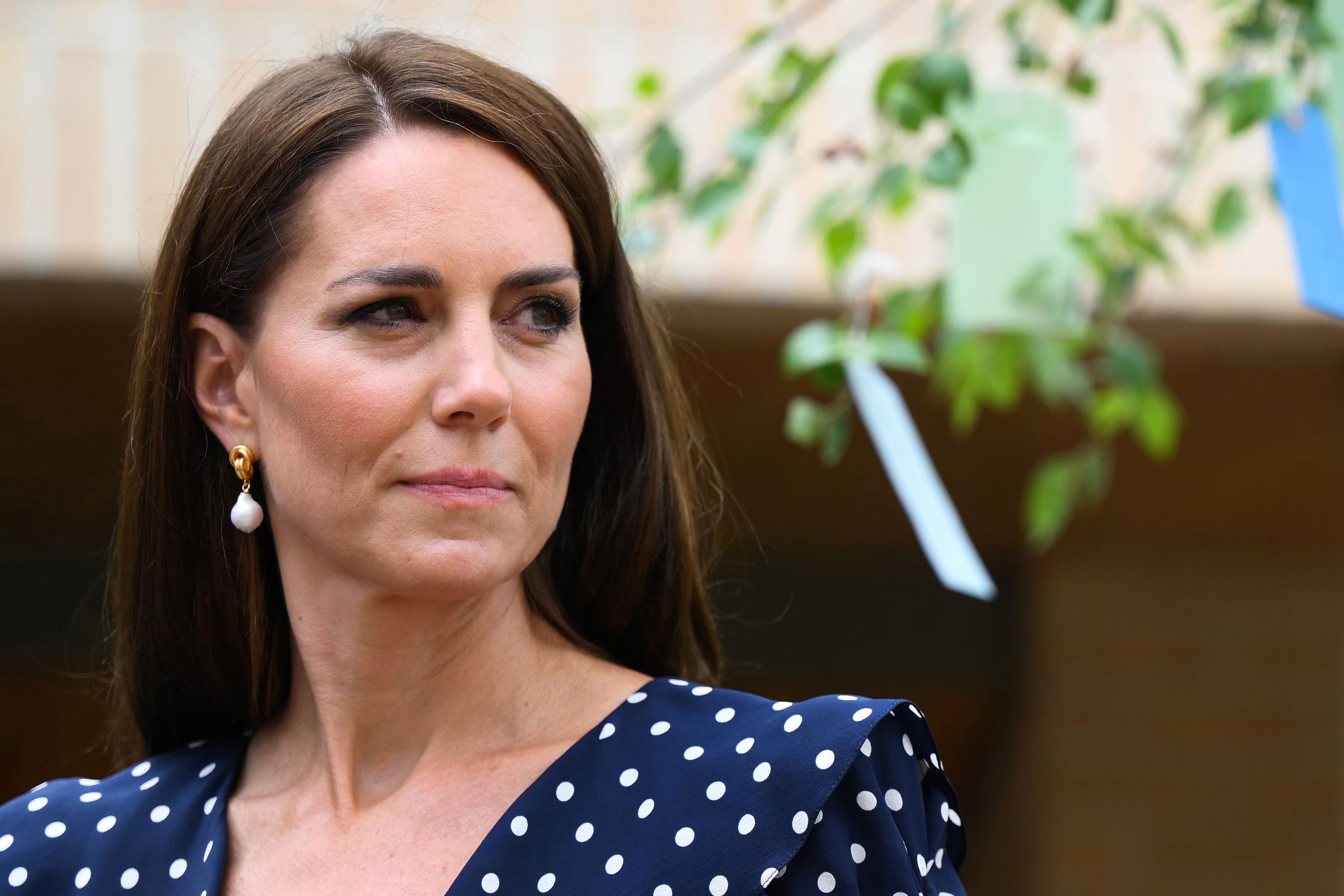
The Future of the Royal Family
As the monarchy continues to modernize and respond to contemporary challenges, the roles of senior royals like Princess Catherine and Queen Camilla remain essential. Their collaborative efforts during King Charles III’s health treatment underline a shared commitment to royal duty and national service.
Moreover, the royal family’s public engagement strategy reflects broader institutional planning to ensure a seamless transition between generations. Prince William and Princess Catherine, in particular, are central figures in this long-term vision, tasked with representing the monarchy to a younger and more globally connected audience.
Queen Camilla’s support for King Charles III during his reign—and especially during his illness—also highlights her integral role in maintaining the stability of the royal household.
Conclusion
Verified information from royal communications and leading news organizations confirms that Princess Catherine’s role within the monarchy has grown, particularly as King Charles III undergoes treatment for cancer. However, there is no credible evidence to suggest a conflict between her and Queen Camilla or any dramatic restructuring of royal duties stemming from internal disputes.
Both women continue to perform their roles in service to the Crown, each representing different but complementary aspects of a modern British monarchy. As the royal family faces new challenges, their unity and dedication remain vital to its future and public support.
Sources:
- BBC News
- The Royal Family Official Website
- Kensington Palace Press Releases
- YouGov UK Royal Family Popularity Tracker
- The Times (London)
- Reuters
